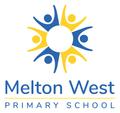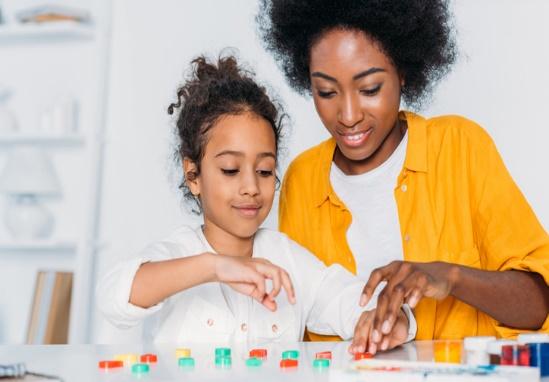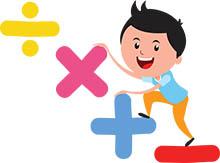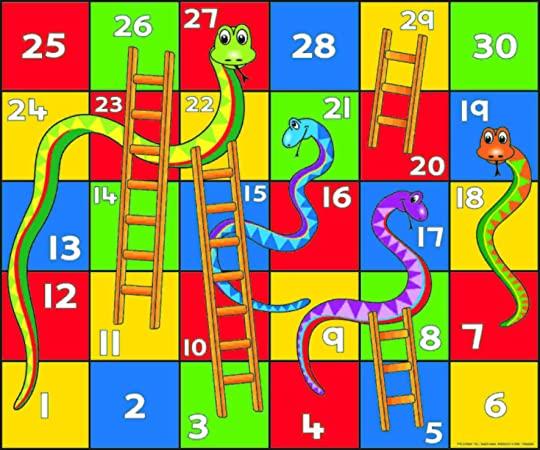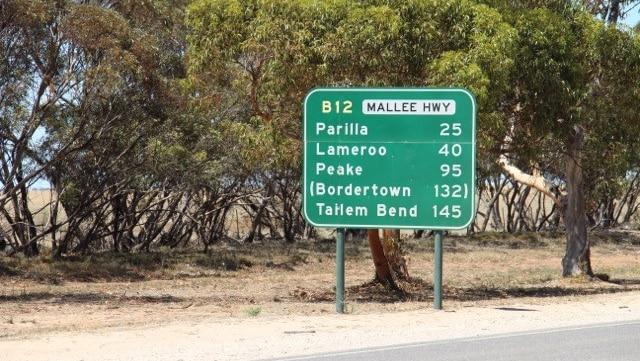Numeracy Report
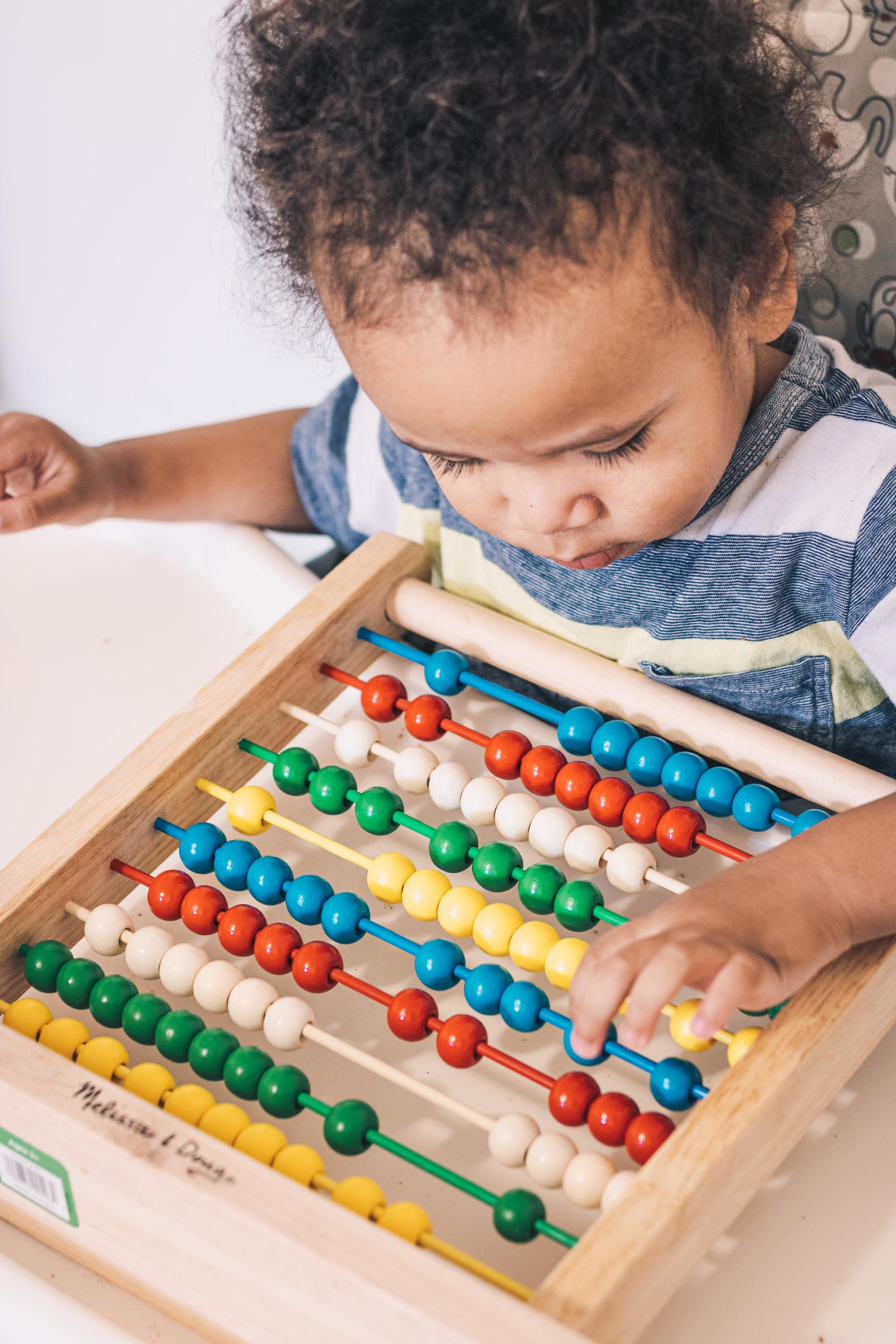
Parents Count Too
Helping your child with –
Arithmetic: addition, subtraction, multiplication and division
Through everyday activities and play situations children will naturally use numbers. Young children are very capable of sharing out things such as lollies so that each person has a fair share or adding a friends’ collection to his or her own and finding the total. We need to help children discover quick and easy ways of using numbers.
How do children learn to use numbers?
When first learning to use numbers, children will need to have the objects with them in order to add, subtract, multiply or share equally (divide). They will go through a process of needing to see and count each thing, one at a time.
We need to help children learn to start counting from a larger number and add or subtract a second number. We also need to help children build mental images of a group or quantity so they do not always have to rely on seeing the objects. Helping children to mentally “see” groups of things will also help them with understanding multiplication and division before they learn the “tables”.
What can you do at home?
- Play board games such as Snakes and Ladders with two dice and encourage your child to add the two numbers rolled. Show them how to count from the larger number.
- Play card games such as 21 or bust. In this game, two cards are dealt to each player who adds the numbers together. Each player may ask for more cards from the “kitty” with the aim of being the person with the highest score that does not go over 21.
- Share fruit such as mandarins with your child and add the number of pips you both have.
- Ask your child to help you work out how many more items are needed when you are shopping. I have six apples here, how many more will I get to make ten?
- Look at house numbers when going for a walk. Ask your child to guess what the next number will be.
- Set the table for one person and ask your child to put out enough plates for everyone. Ask them how many more were needed.
- Count the number of eggs in a carton, and again after some have been removed. Ask your child, How many were taken away?
- Read a book to your child that has a contents page. Look for a story or chapter on a certain page and work out how many pages until the next story.
- Use empty toilet rolls or empty plastic bottles and a ball to make a game of skittles. Encourage your child to tell you how many were knocked down and how many are still standing after bowling. Keep a score of how many are knocked down to see who is the winner.
- Sing songs that include numbers. Ask your child to tell you the next number in the song before you sing the next verse.
- Go for a drive and point out the signs that indicate the distance to the next town. In the country the numbers on the kilometre signs go down by 5. Ask your child to work out what number will be on the next sign.
- Have your child help share out food to the family. How many slices will I need to cut the pizza into so that everyone has two slices?
- Ask your child to share out items fairly with others.
- Count the number of things in a collection such as shells in a bag or a large jar of buttons. Ask your child if there is a quick and easy way of counting, say counting by fives.
- Decorate patty cakes with sultanas or smarties. Place the same number of sultanas or smarties on each cake and ask your child to find out how many you will need altogether.
- Count the number of ice cubes in a tray. If your child counts by ones suggest counting by the number in each row of the tray. (This will usually be counting by twos.)
Kind Regards,
Klaudia Jellis
Leader of Mathematics
